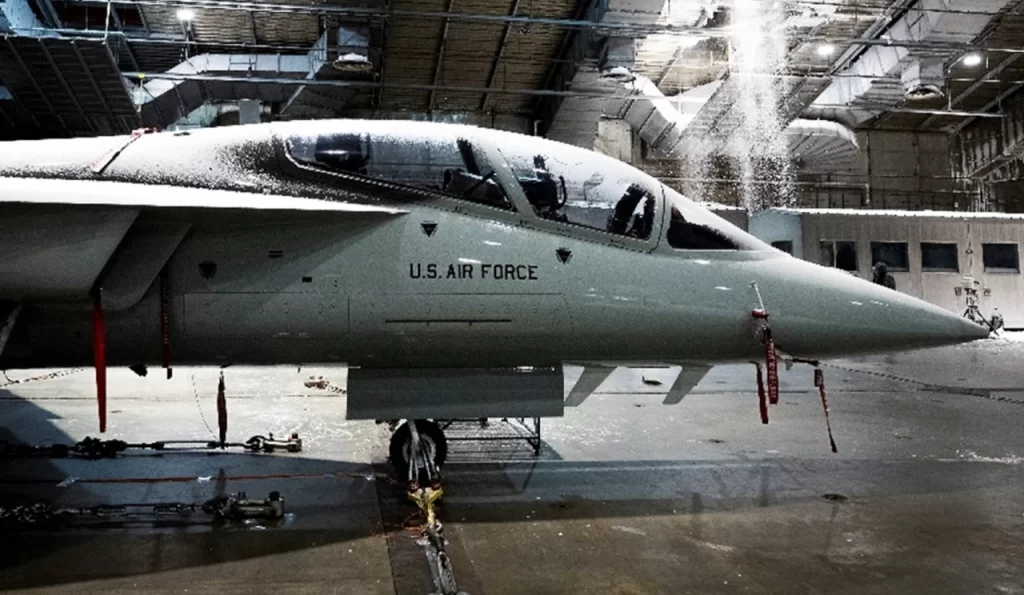Three recent milestones were accomplished by the Boeing T-7A Red Hawk: the Climate Chamber Test, the Escape System Test, and Flight Control Law.
APT-3, one of the five engineering and manufacturing development aircraft of the T-7A, underwent rigorous testing at Eglin Air Force Base. The test, which involved subjecting the aircraft to extreme temperatures ranging from -25°F to 110°F, evaluated the overall performance of the aircraft system under these conditions. The test covered various aspects, including propulsion, hydraulic, fuel, electrical, secondary power, and environmental control. Following the successful testing at Eglin, the aircraft testing has now resumed in St. Louis.

In February, a dynamic sled test was conducted at Holloman Air Force Base in New Mexico. The test, led by Boeing and the Air Force, focused on enhancing the safety features of the ACES 5 ejection seat manufactured by Collins Aerospace and the canopy fracturing system developed by Pacific Scientific EMC. The team used variable timing in conjunction with the drogue chute to decelerate the ejection seat during the test. They also analyzed patterns within the canopy fracturing system. With the successful completion of this test, the team is now preparing for the next phase of development testing.
Since the development of a new software flight control law was finalized in February, Boeing has operated the aircraft over ten times, attaining an angle of attack of 25 degrees. Furthermore, the aircraft’s capability to attain precise tracking at a significant angle of attack was showcased on three of those flights, which is a critical capability for pilot training. Thanks to the implementation of control law 17.5, the Air Force is now able to commence high angle of attack and departure resistance testing at Edwards Air Force Base.
Vice president and program manager of T-7 Programs Evelyn Moore states that flight tests and the subsequent round of escape system testing will continue throughout the remainder of this year and into 2025.
Additionally, Boeing is building a new low-rate initial production (LRIP) plant for the T-7A. Midway through the year, the company plans to load the first forward and aft fuselages for LRIP, as suppliers have already begun preparing components for manufacture.

